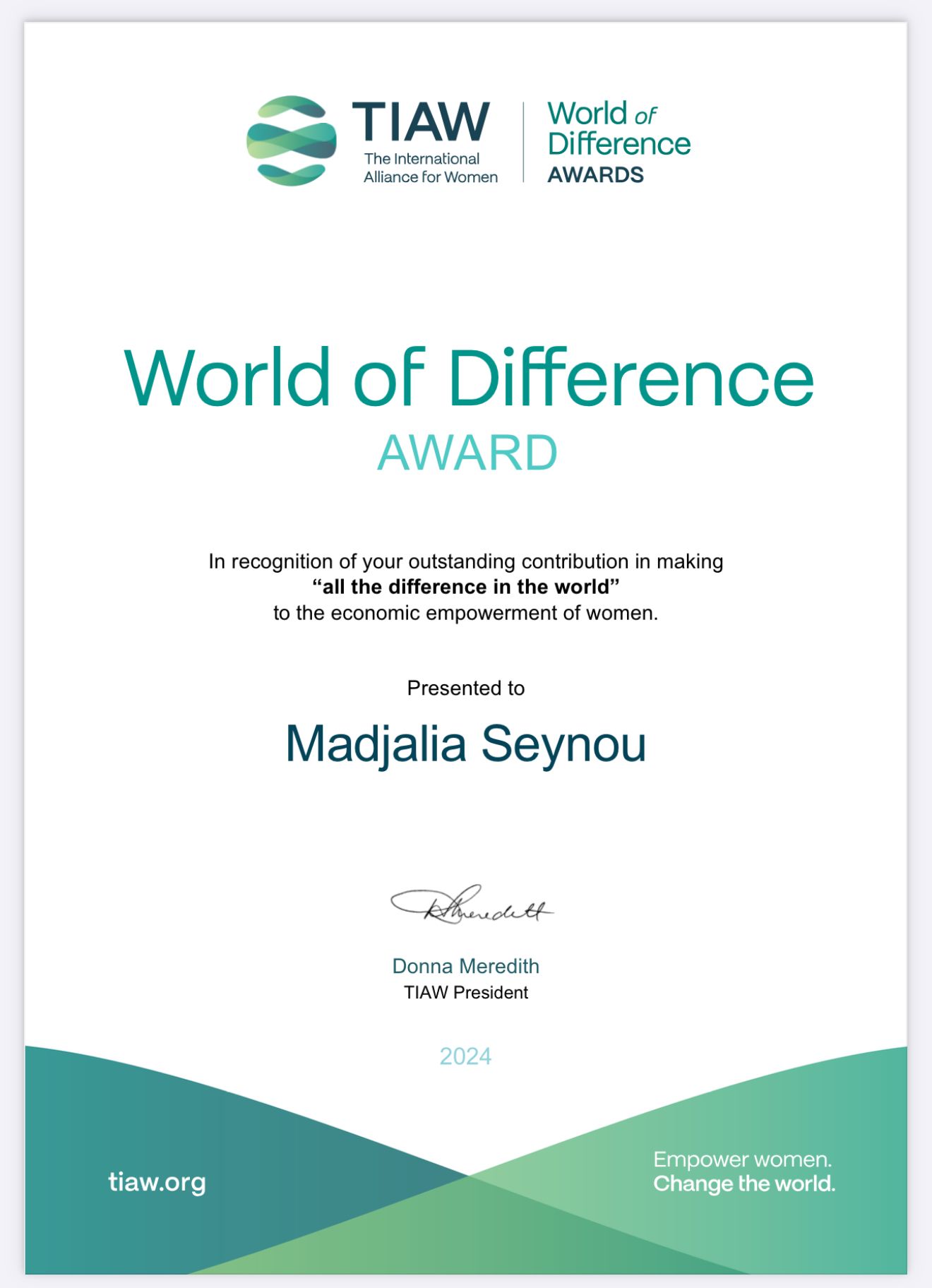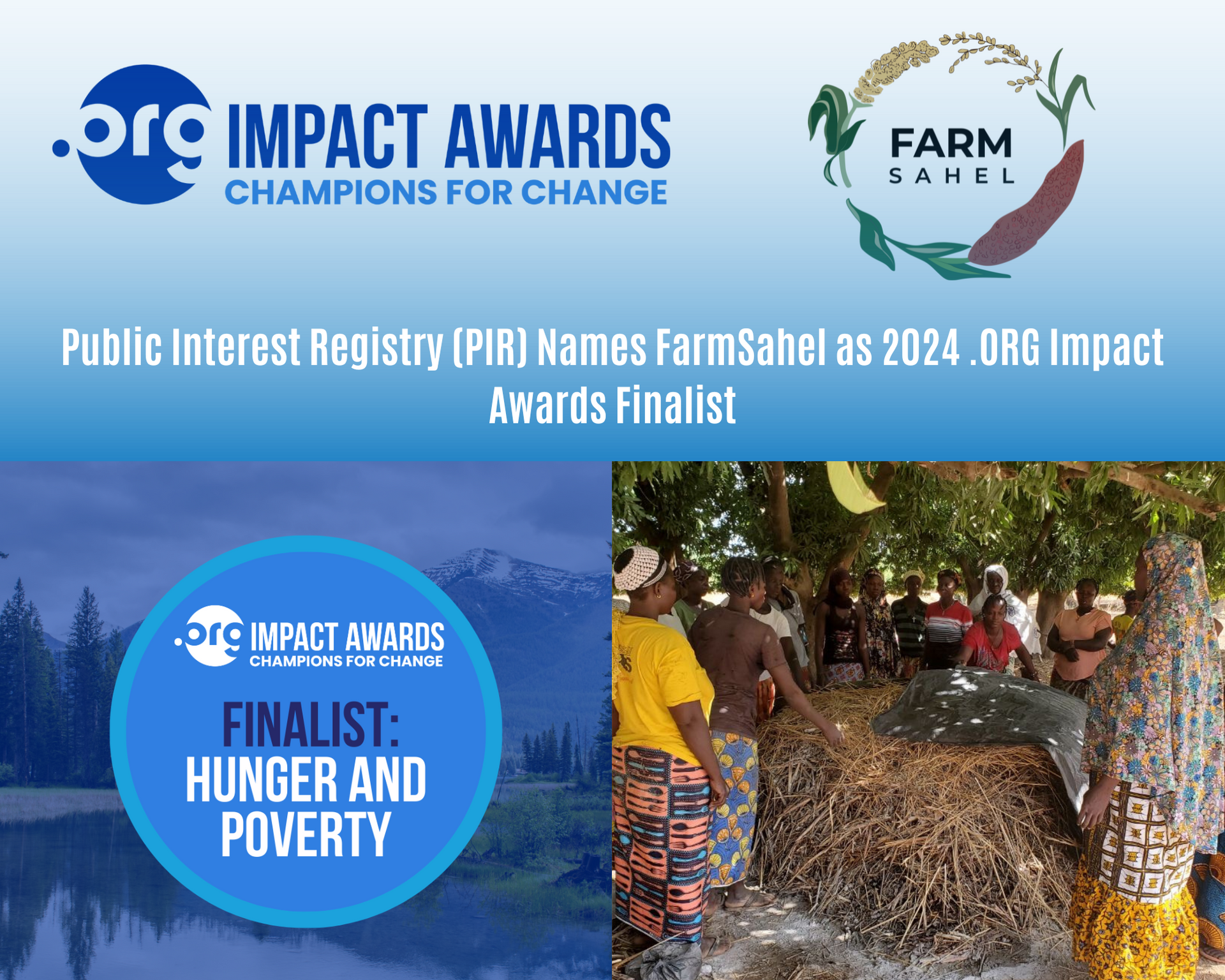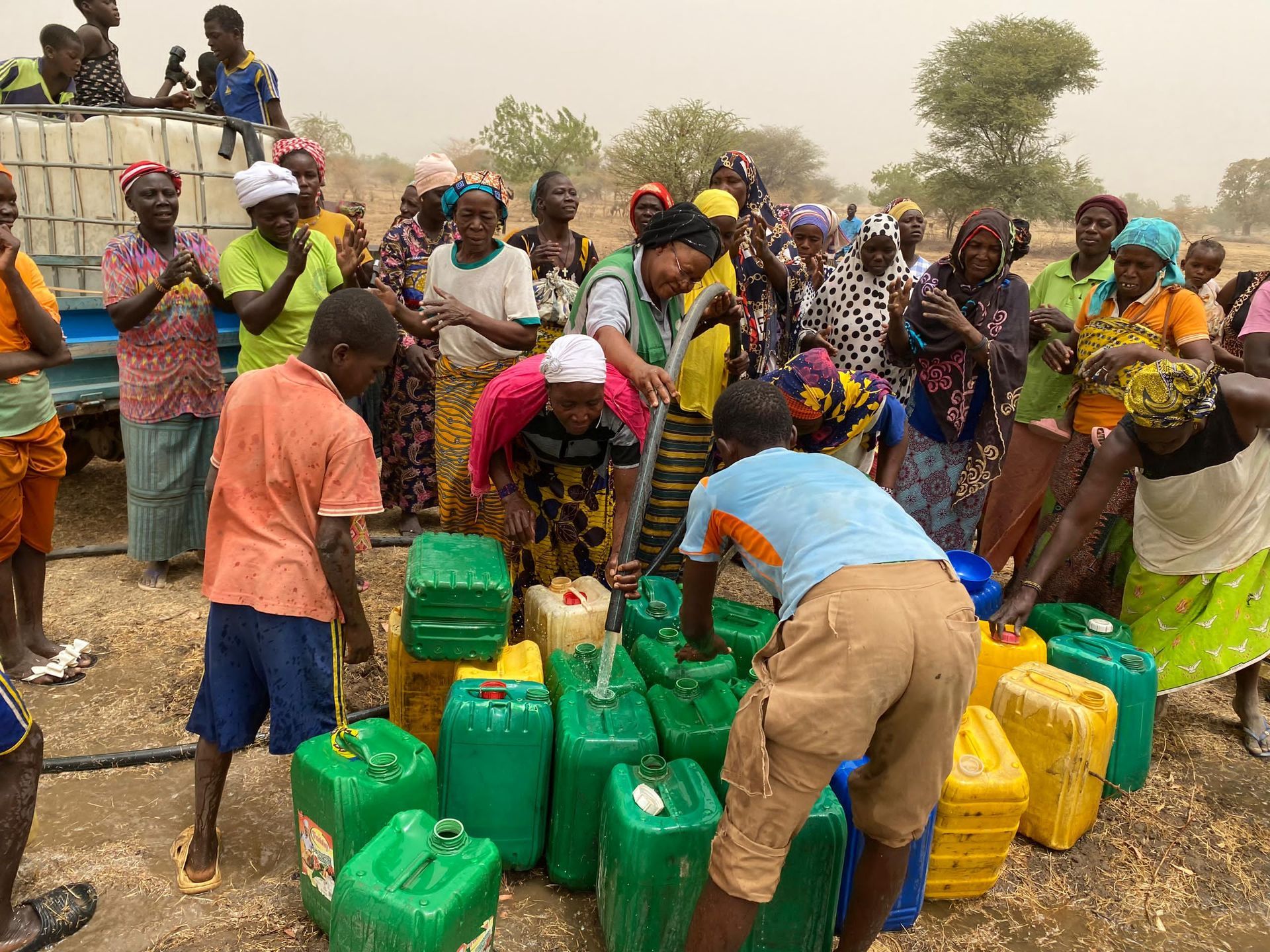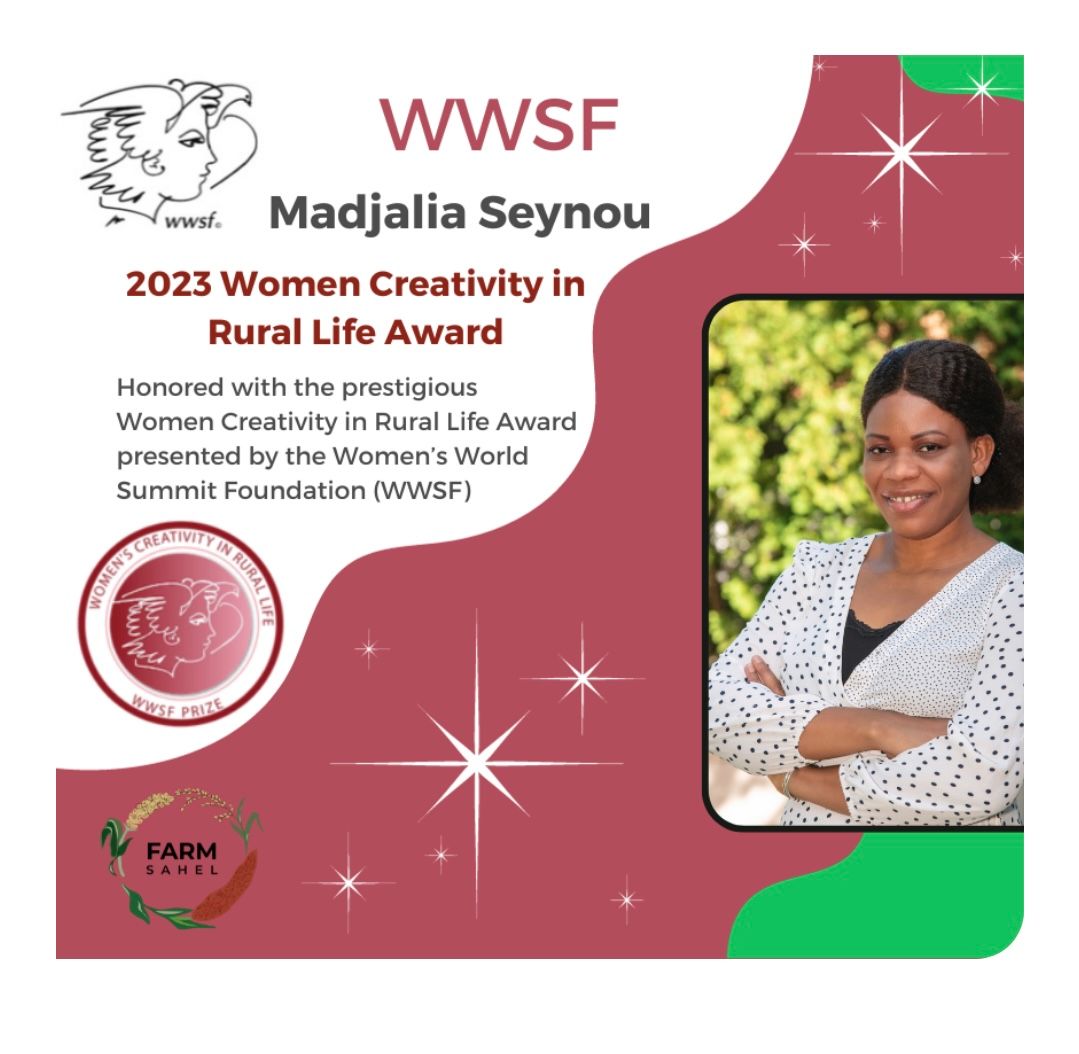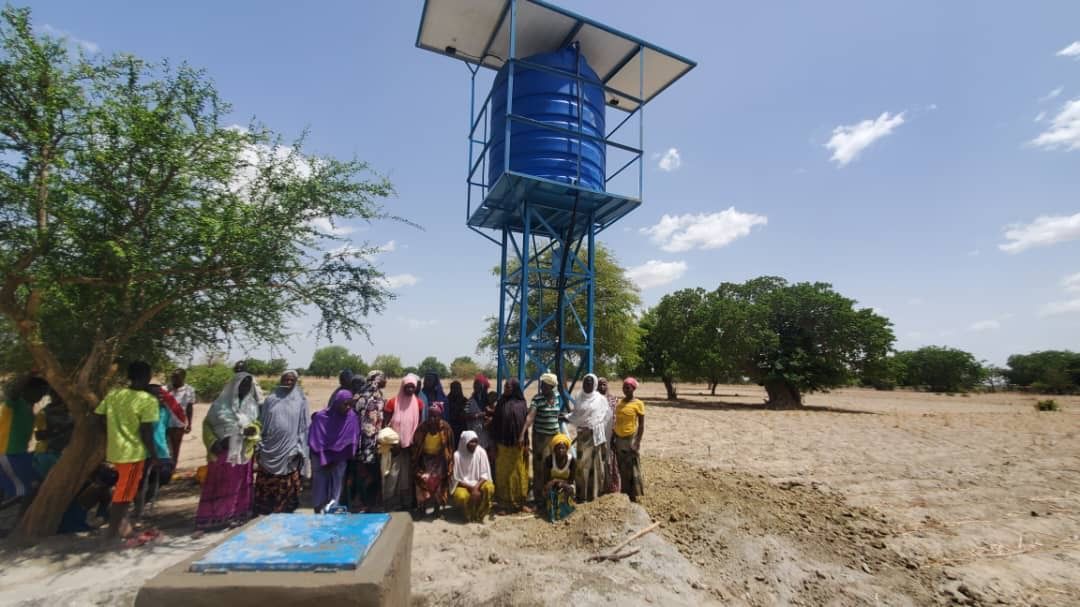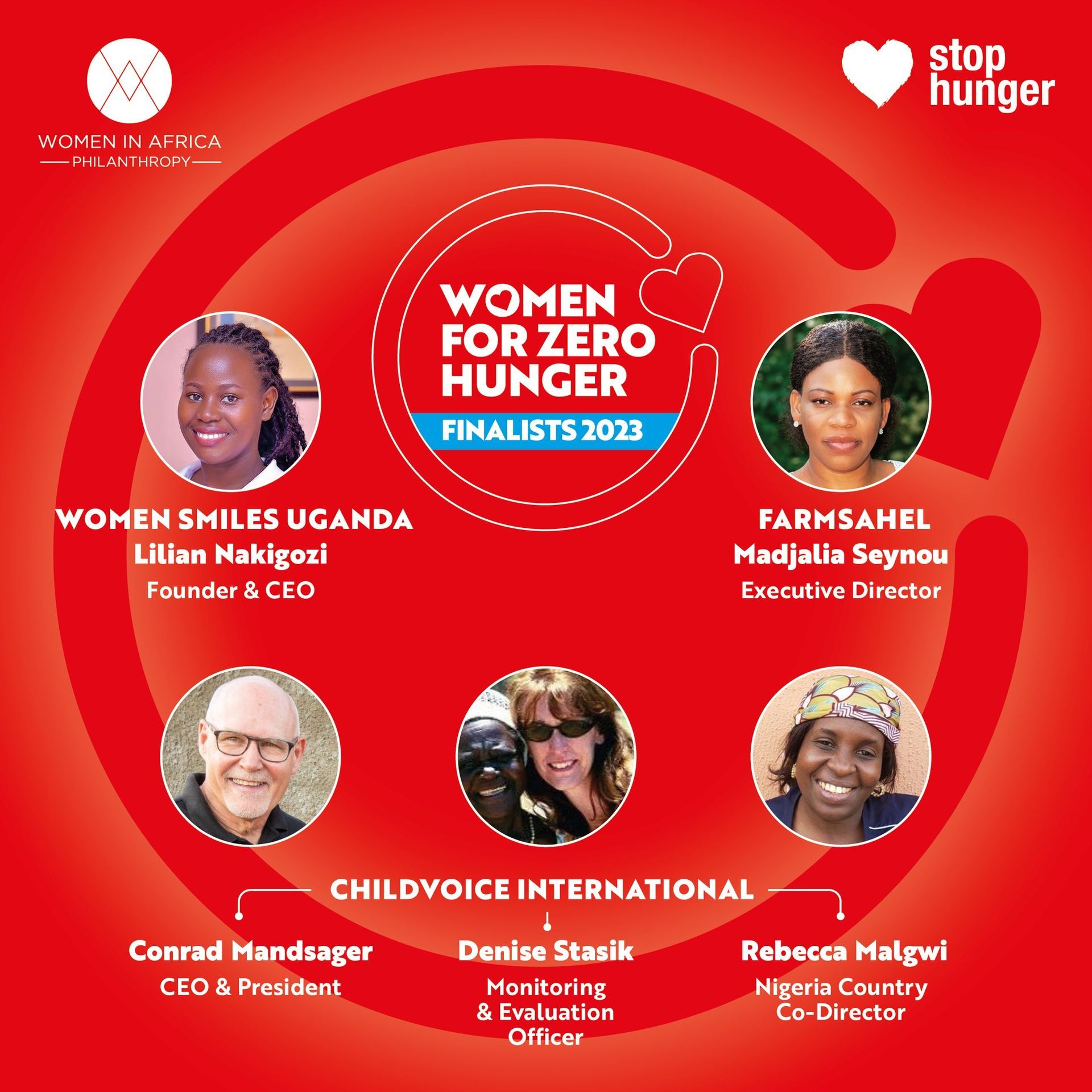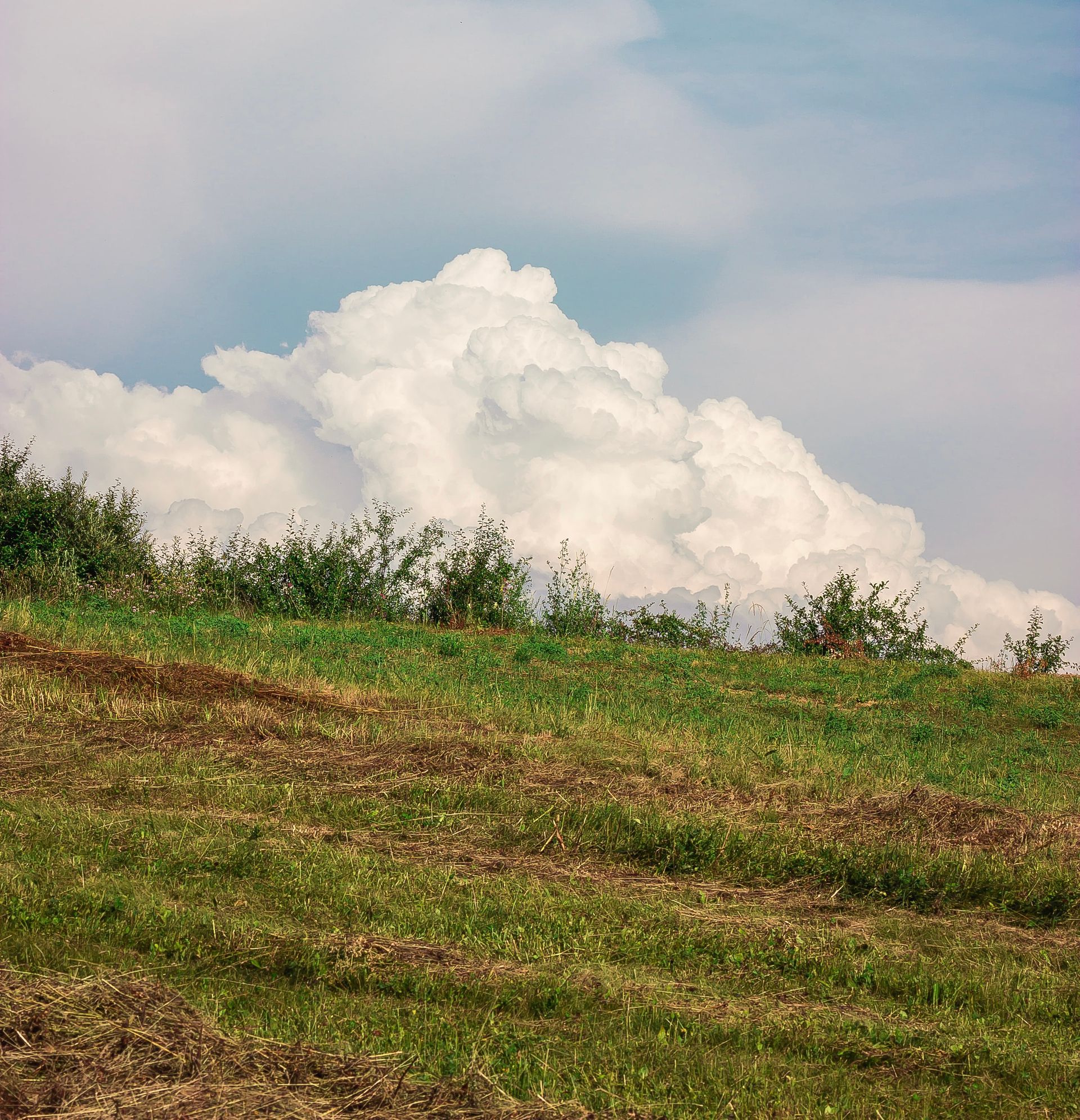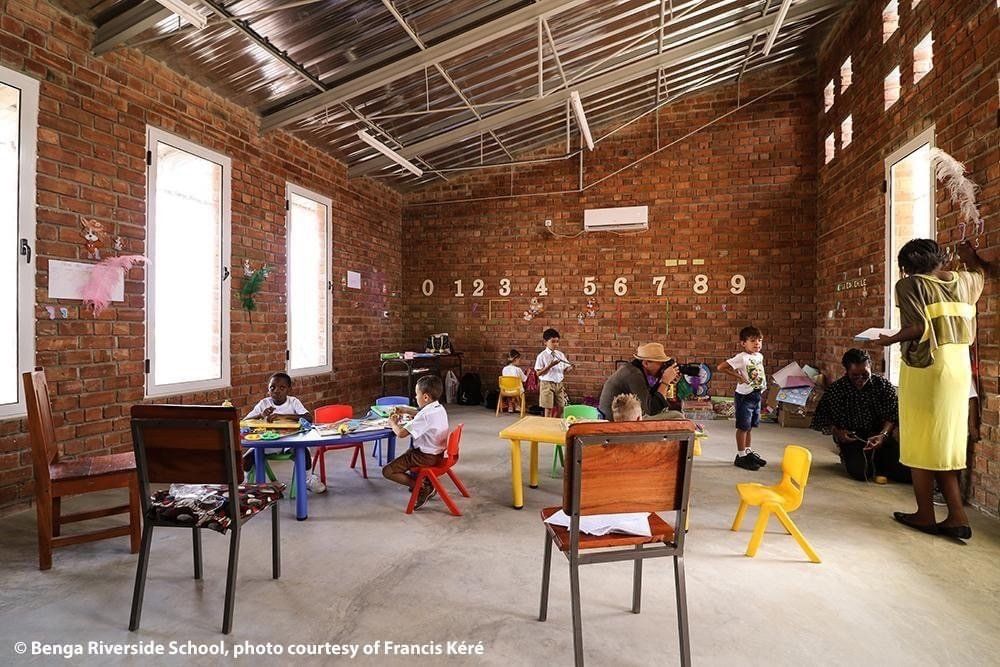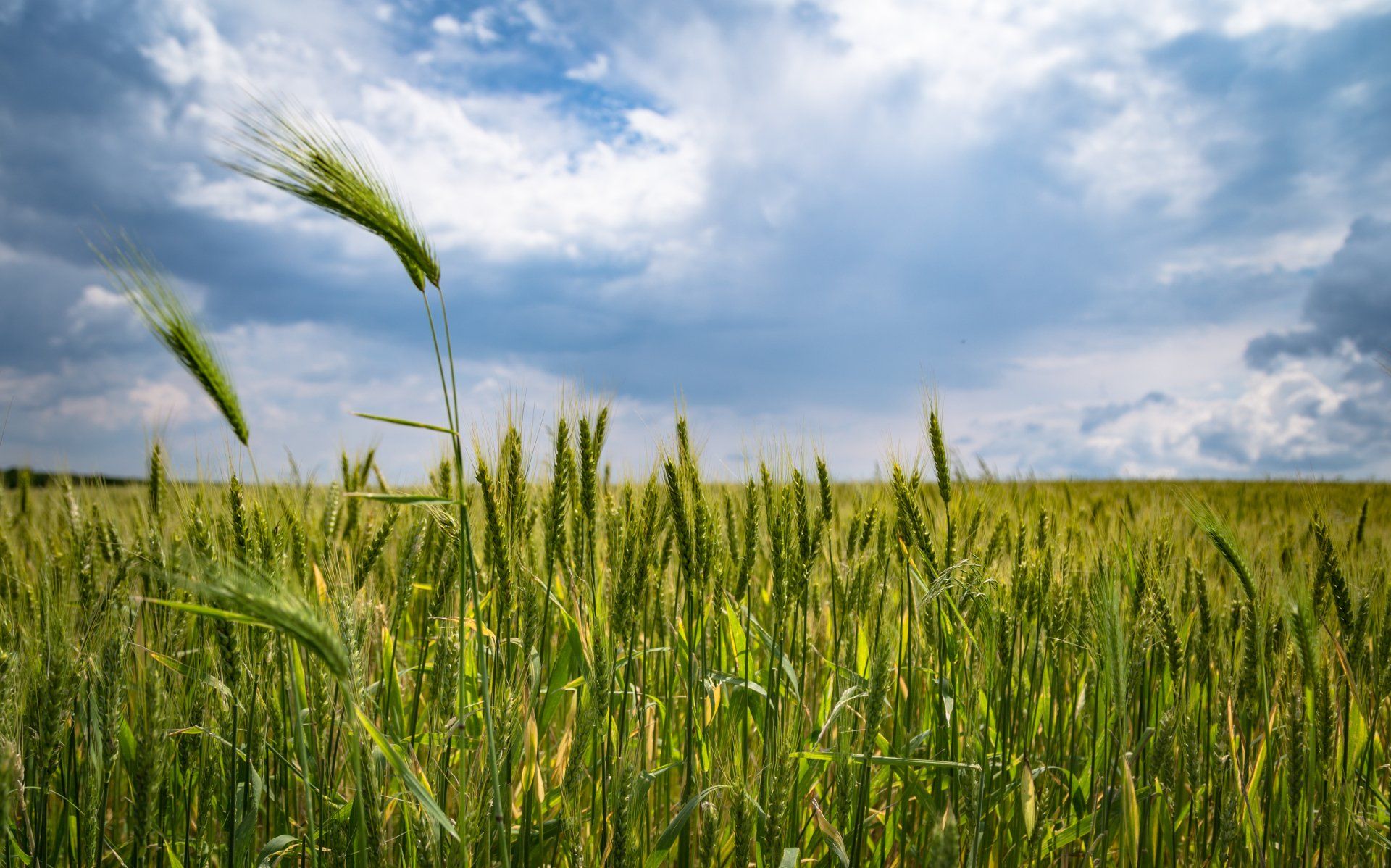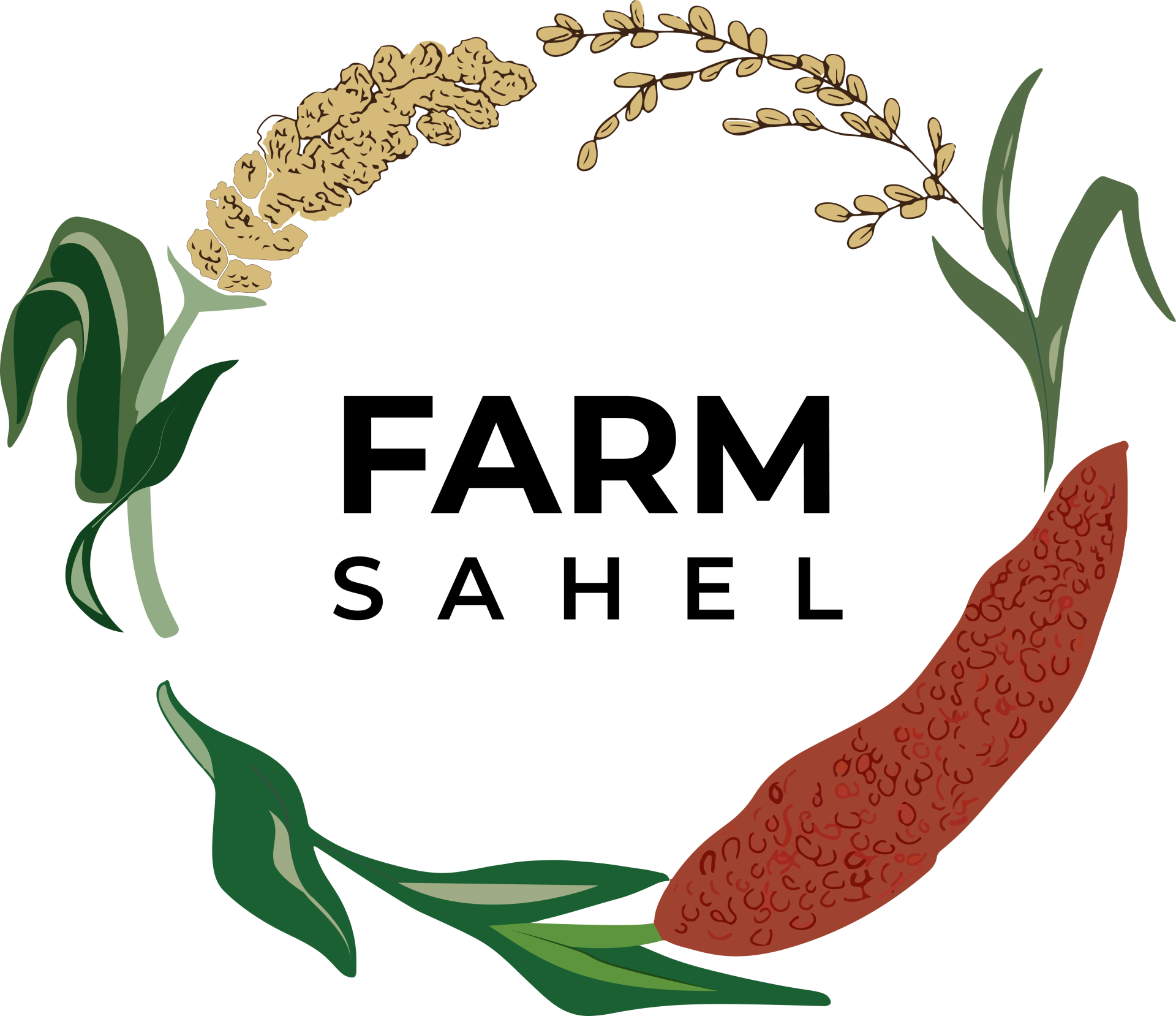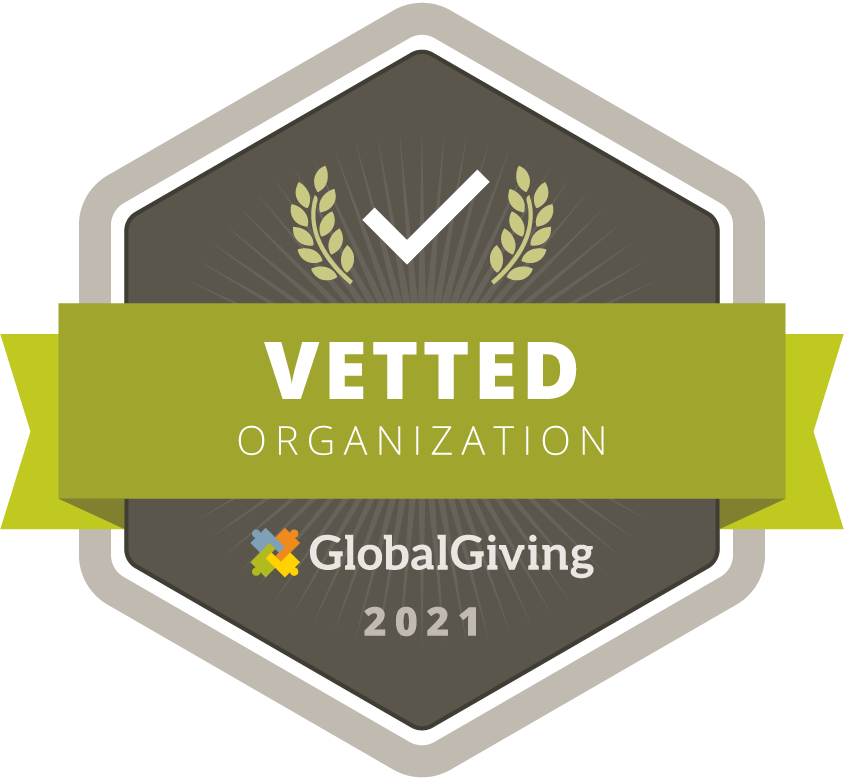Country Case Studies: Senegal
Senegal is located on the west coast of Africa, covering an area of about 197,000 square kilometers. The estimated population is 15 million people, and 52% of the total labour force is employed by the agricultural sector. Agriculture is a crucial part of the nation’s GDP. However, Senegal must see changes in agricultural development to save its economy, as the agricultural sector shows signs of future decline. Senegal’s main crops are ground nuts and rice; despite a dominant commodity being rice, Senegal imports about 70% of its rice for domestic consumption (Syngenta). Senegal relies heavily upon its groundnut production- it takes up 42% of cultivated lands and provides income for a major portion of the population. However, the peanut market is inconsistent and is seeing a steady decline in demand globally. Lastly, Senegal’s climate- semi-arid with declining rainfall- is a threat to its agricultural sector. This article will explore all of these threats, and possible solutions.
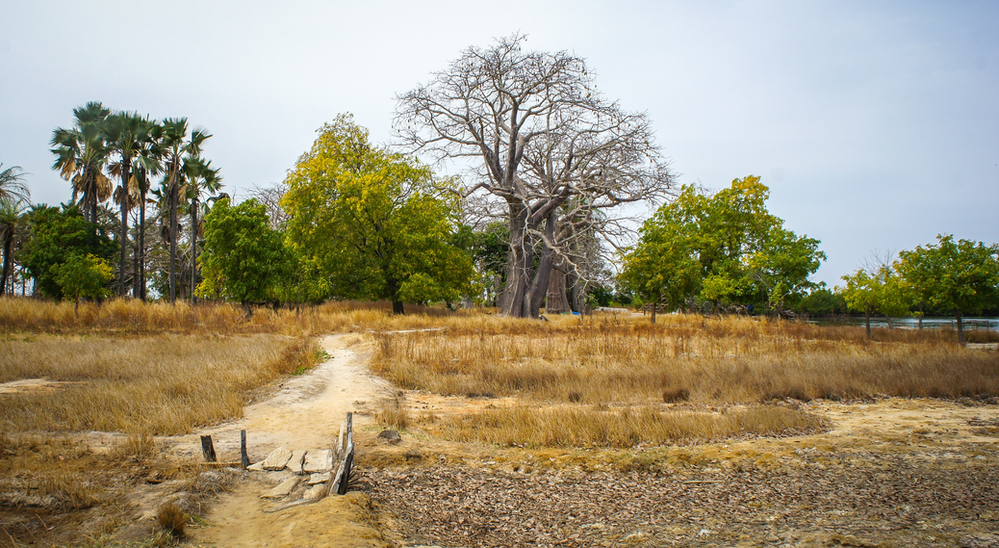
Senegal is particularly susceptible to destructive natural forces, and suffers from an oscillating climate. Declining rainfall has become a severe obstacle for the production of crops, and in Senegal the rainfall can vary drastically year to year. Furthermore, only 12% of the land is arable, due to Senegal’s rapid desertification. “Desertification and land degradation are among the main causes of low productivity in Senegal. Extreme weather conditions related to climate change make matters worse, affecting food security, livelihoods and job opportunities” (Food and Agriculture Organization of the United Nations). The United Nations suggests that there are ways to combat this problem, especially sustainable land management. Sustainable land management would restore degraded land, allowing the agricultural community to make use of it once more. The government must make this a priority, and train and employ people in sustainable forest management. Until this is made a priority, the nation’s crops will suffer due to these destructive natural and manmade forces.
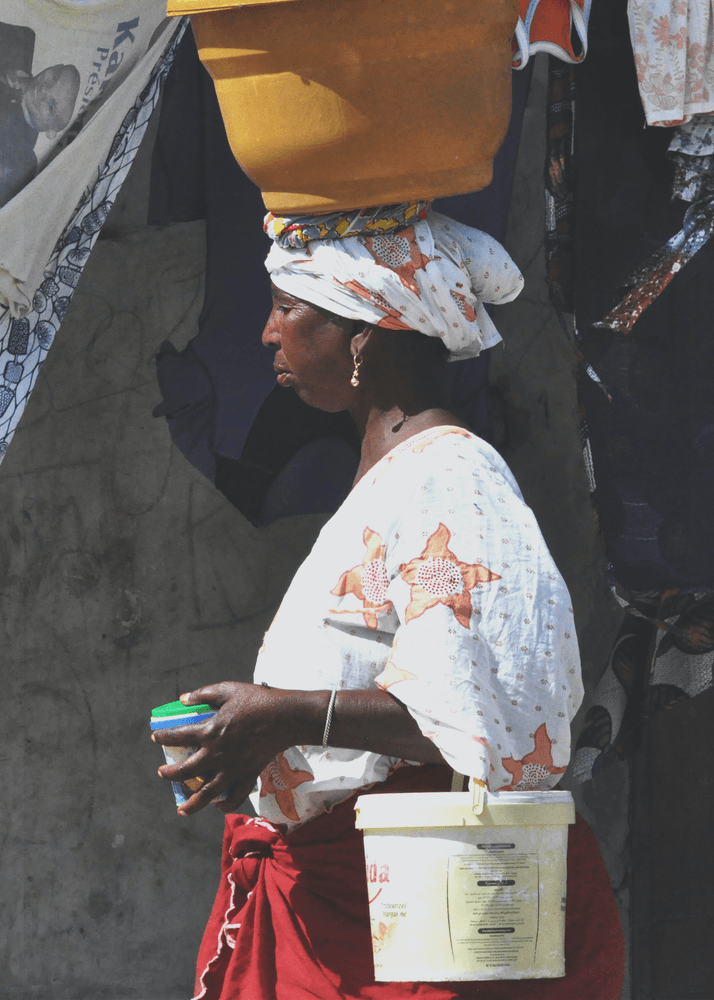
The most significant crop in Senegal is the peanut; as mentioned before, ground nuts take up 42% of cultivated lands and provide income for a major portion of the population. Unfortunately, it is a very inconsistent and unstable crop due to output depending on rainfall. “The prices of agricultural commodities in the international market are similarly dependent upon natural forces. If there were to be heavy rainfall in all peanut-producing countries, the international supply of peanuts would be high, leading to a decrease in the international price for peanut supply. Since it is impossible to predict the situation in any given year, fluctuating prices are a constant threat and source of insecurity for agricultural nations like Senegal” (Nations Encyclopedia). Possible solutions to this problem have been proposed by Richard Dick, a professor at Ohio State University. Dick researched shrubs native to the Sahel area that thrived in arid conditions- the Guitar senegalensis and Piliostigma reticulatum- to see if they could potentially aid the crops around them. “These plants create a natural irrigation system, sucking water from deep below the surface to irrigate neighboring crops, and at the same time, increase organic matter in farmers’ fields” (Floyd). However, there needs to be much more research and experiments to confirm that these shrubs actually help; the maintenance of these shrubs would not be worthwhile otherwise.
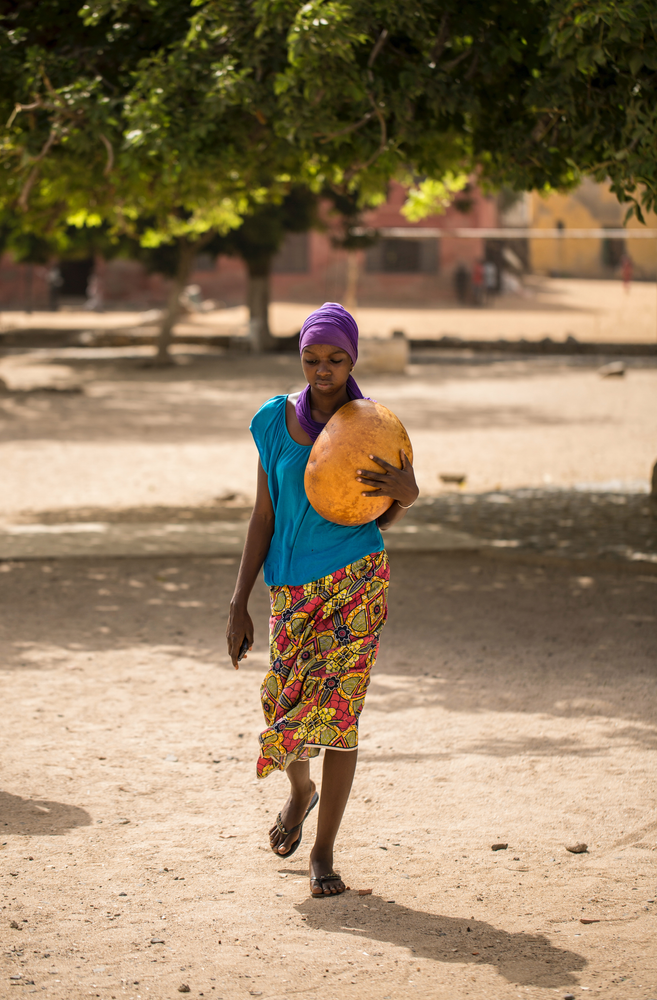
Reducing dependence on peanuts could ensure the agricultural community’s income is not based upon the amount of rainfall per year. The Senegalese government has indeed made efforts to focus on another crop, rice. Unfortunately, this has become an issue within itself. “Virtually no other country in sub-Saharan Africa (SSA) is so food-import-dependent, especially on one specific product: rice. After Nigeria- a much larger country- Senegal is the second largest rice importer in SSA, ranking tenth in the world” (Bruntrup, 2016). However, rice is just as largely consumed as it is produced- hence why Senegal is forced to import about 70% of its rice for domestic consumption. Local agriculture cannot satisfy the consumption patterns of rice, while foreign producers are able to meet this demand at a much lower rate. The only solution to the dilemma is to introduce moderate agricultural import protection measures, which must be accompanied by substantial support to improve agricultural productivity and promote a range of diversification options in rural regions (Bruntrup, 2016). There must also be an adequate supply of loans, agricultural inputs and legal stability for the producers from the government and private sectors.
The Senegalese government must be responsible for taking measures to combat its mass poverty and malnutrition. To begin with, the Senegalese government must provide adequate funding and measures to uplift local rice producers. Thorough investigation into the peanut market must be funded in order to find other reliable ways to grow peanuts, considering the unpredictability of rainfall on production. Lastly, there must be widespread attempts to combat desertification and land degradation through sustainable land management. All of these solutions require the government to provide the necessary funding and training, as well as policy and agricultural reform implementation. Research and evaluation has shown that potential solutions exist; now, the nation must take a step forward to save its economy and its people.
Works Cited
Bruntrup, Michael, et al. “The Rice Market in Senegal.” Rural21 , 2006, www.rural21.com/fileadmin/_migrated/content_uploads/ELR_The_rice_market_in_Senegal_0106.
Floyd, Allison. “Wild Shrub Could Help Peanut Farmers in Senegal.” Agrilinks , 13 Feb. 2020, www.agrilinks.org/post/wild-shrub-could-help-peanut-farmers-senegal.
“Senegal.” Syngenta , 13 May 2019, www.syngentafoundation.org/agriservices/wherewework/senegal.
“Senegal Action Against Desertification.” Food and Agriculture Organization of the United Nations , www.fao.org/in-action/action-against-desertification/countries/africa/senegal/en/.
“Senegal - Agriculture.” Encyclopedia of the Nations , www.nationsencyclopedia.com/economies/Africa/Senegal-AGRICULTURE.html.
